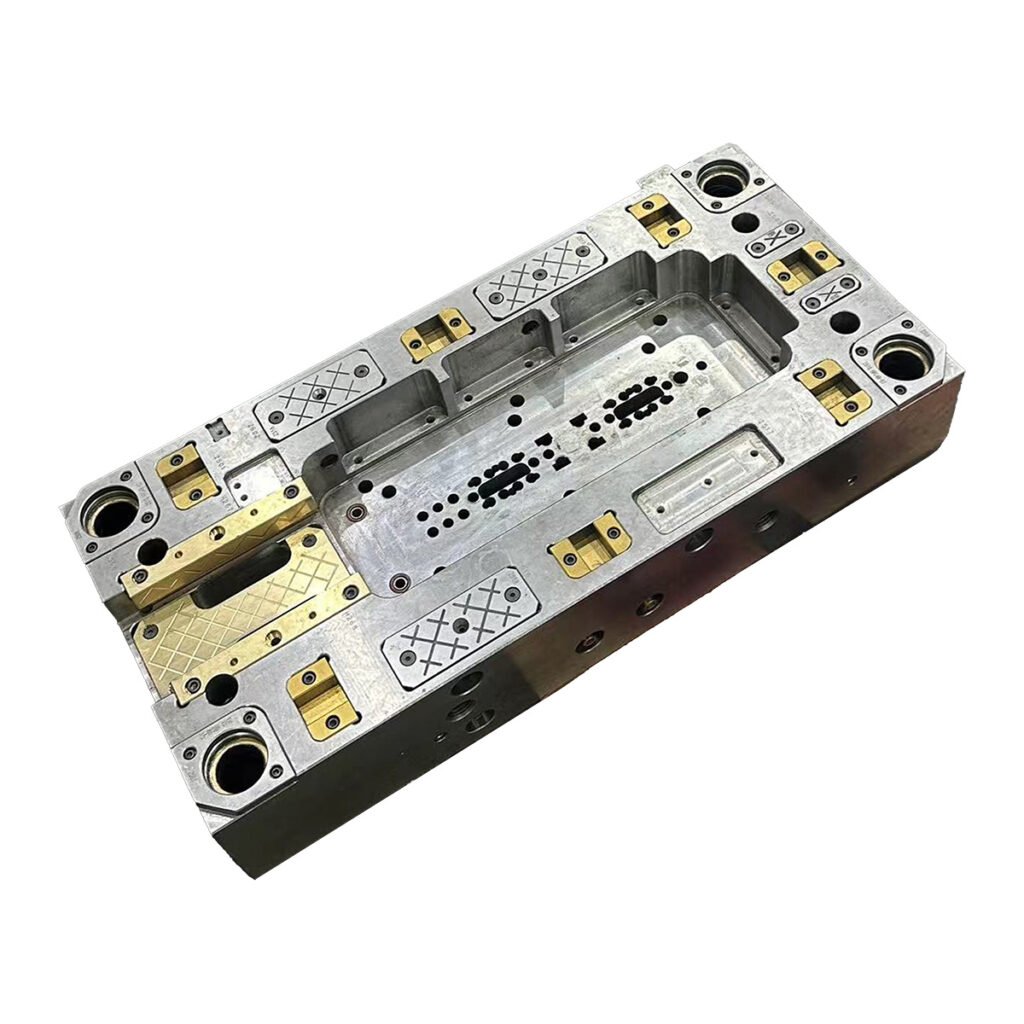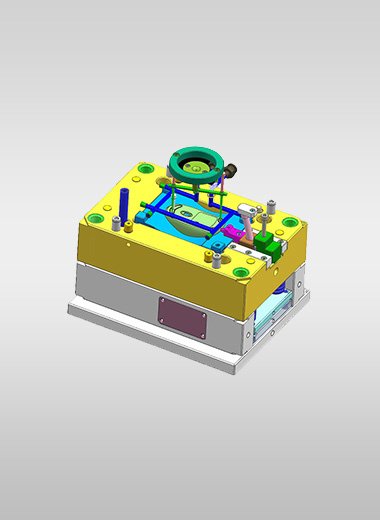Limits of machining accuracy
• The accuracy of machining is restricted by the precision of mechanical structures, thermal stability and motion control accuracy. For example, when processing tiny and precise parts, even a few micrometers of tiny vibrations or thermal deformations of mechanical components will affect the dimensional accuracy and surface quality.
• Currently, the positioning accuracy of high-precision CNC machine tools can reach ±0.001mm or even higher. However, further improvement will face a sharp increase in costs and technological bottlenecks.
Limits of machining speed
• High-speed operation of machine tools will lead to problems such as increased vibration and aggravated tool wear. For instance, during high-speed milling, once the critical speed is exceeded, the cutting tool may break, and the surface quality of the workpiece will decline.
• Higher feed speeds require extremely high real-time processing capabilities of the control system. The existing control systems may have delays when processing ultra-high-speed machining instructions.
Challenges in machining complex shapes
• For workpieces with complex internal structures or special curved surfaces, programming becomes much more difficult. For example, the complex curved surfaces of aero-engine blades require precise mathematical models and complicated tool path planning for machining.
• When machining special structures such as deep cavities and thin walls, chip removal is difficult and chip accumulation is likely to occur, which can damage the cutting tools and workpieces.
Challenges in machining materials
• Difficult-to-machine materials (such as superalloys, titanium alloys, etc.) have high hardness and great toughness. When machining these materials, cutting tools wear out quickly and the machining efficiency is low.
• The anisotropy of composite materials makes it easy for delamination, tearing and other defects to occur during the machining process.


